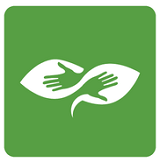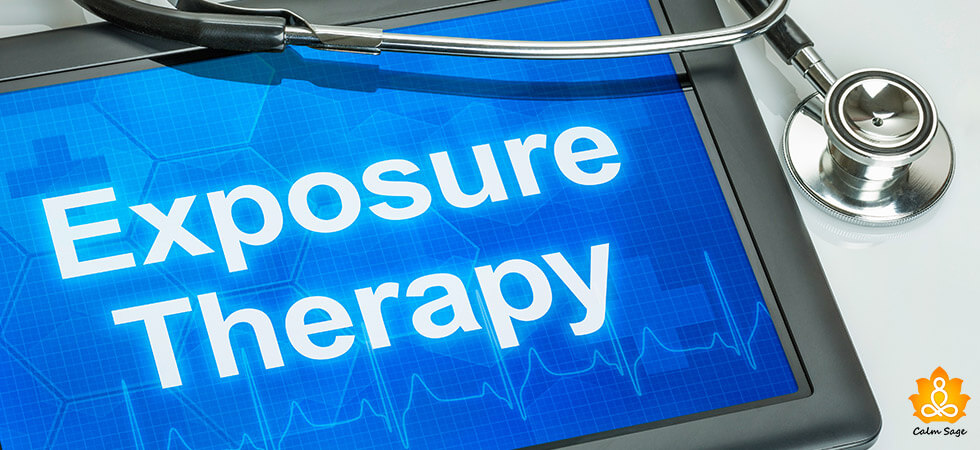PTSD Panic Attacks: What Are They and How to Deal With Them

A racing heartbeat, trembling limbs, and shallow breathing – can be challenging to cope with even at the best of times, but when these symptoms are coupled with trauma triggers, not only can they be challenging but seemingly unimaginable to cope with.
Panic attacks are the sudden episodes of extreme fear you experience – that come and go within minutes. However, people living with PTSD or post-traumatic stress disorder are more likely to experience these symptoms of PTSD than those diagnosed with panic disorder, and their panic attacks can be triggered by reminders of their trauma.
PTSD panic attacks, like your typical panic attacks, can be frightening and debilitating. They can make it challenging for you to go about your daily routine. But what makes PTSD panic attacks different from panic attacks from panic disorders? Are there ways to stop a PTSD panic attack?
Keep reading to learn what are PTSD panic attacks, what they look like, what causes them, and how you can stop a PTSD panic attack.
What Are PTSD Panic Attacks?
Post-traumatic stress disorder (PTSD) is a mental health disorder that can develop after experiencing or witnessing a traumatic event. PTSD can cause mental, emotional, behavioral, and even physical symptoms such as experiencing flashbacks, vivid nightmares, extreme anxiety, and depression-like symptoms.
For people with PTSD, panic attacks might be a more common occurrence than in people without PTSD. PTSD panic attacks can be triggered by reminders of the trauma such as people, places, objects, events, and even circumstances.
These panic attacks might come and go quickly within minutes but can cause intense physical symptoms such as chest pain, shortness of breath, dizziness, and sweating.
What Do PTSD Panic Attacks Look Like?
The symptoms of PTSD panic attacks can be similar to the ones of panic attacks from panic disorder. However, panic attacks from PTSD are triggered by trauma reminders and might include other symptoms related to the trauma itself.
Some common symptoms of PTSD panic attacks might include;
- Chest pain
- Shortness of breath
- Dizziness
- Sweating
- Chills or hot flashes
- Trembling or shaking
- Feeling like you’re choking
- Fear of dying
- Fear of losing control
- Flashbacks of the trauma
- Nightmares about the trauma
- Intrusive thoughts about the trauma
What Causes PTSD Panic Attacks?
Various factors could contribute to PTSD panic attacks, including;
- The severity of trauma and the nature of the trauma experienced
- Your coping mechanisms for trauma healing
- The presence of co-existing mental health conditions such as anxiety or depression
When you experience trauma, your body goes into “flight or fight” mode. This response is natural when you feel in danger or threatened. This fear response helps your body prepare to defend itself or escape the situation.
After the trauma has passed, your body should return to its normal state. However, in some cases, the trauma response aka the “flight or fight” mode might become stuck. This can lead to anxiety, hypervigilance, and panic attacks.
PTSD panic attacks’ triggers could be anything – from sights to sounds and from smells or tastes. Other triggers could include;
- People – their appearance, body shape, type, etc.
- Places – roads, cities, or towns where traumatic events occurred
- Emotions
- Thoughts
- Memories, and
- Discussions related to the trauma experienced
Treatment Options for PTSD Panic Attacks
Various treatment and therapy approaches can help treat PTSD panic attacks. Some of the common treatment options for PTSD panic attacks can include;
- Psychotherapy: Therapy can provide you with effective coping skills to manage your symptoms and process your trauma. Some common therapy approaches to treat PTSD-related panic attacks can include cognitive-behavioral therapy (CBT) and exposure therapy.
- Medications: Medications can also be prescribed by a professional to reduce the symptoms and severity of PTSD panic attack symptoms such as anxiety and depression. A professional psychiatrist might prescribe anti-anxiety medications for antidepressants to help you cope with panic attack symptoms.
How to Stop PTSD Panic Attacks?
If you or your loved one is experiencing PTSD panic attacks, then here are some tips to help you cope with and even prevent the symptoms;
1. Identify Your Triggers
The first step in stopping PTSD panic attacks is to learn to identify your triggers. What triggers your trauma response or causes you to feel panicked? Once you know what triggers your PTSD panic attacks, you can develop strategies to avoid them entirely or cope with them when you can’t avoid them.
Also Read: What You Should Know About PTSD Triggers
2. Develop Coping Strategies
The next step is to find the coping strategies that are most effective in treating your symptoms and managing your PTSD panic attacks. You can try deep breathing or diaphragmatic breathing, relaxation techniques such as PMR – progressive muscle relaxation or visualization, grounding techniques such as the 5-4-3-2-1 technique, and body scan meditation to calm your panic response.
3. Seek Professional Help
You can also seek professional help and support if you’re struggling to manage your PTSD panic attacks. A therapist can help you understand the causes and triggers of your panic attack, help you develop coping skills, and even help you process unprocessed trauma.
Betterhelp
Talk to the Licensed Therapist online without the waiting room
Betterhelp is Largest E counseling platform. You’ll get Affordable private, secure online counseling anytime, anywhere in the world. No Insurance Accepted. You can Communicate via phone, video, or live chat. Get 20% off for the month of may by applying the coupon code CALMSAGE
4. Get Regular Exercise
Exercise is a great way to reduce stress and anxiety. Stress and anxiety can trigger panic attacks too so try to get regular physical exercise for at least 30 minutes of moderate-intensity exercise most days of the week.
5. Get Enough Sleep
Sleep is also important when it comes to managing panic attacks and trauma triggers. When you are well-rested, you can cope effectively with stress and manage your emotions. Try to get at least 7–8 hours of sleep each night to feel rested and well-equipped to deal with PTSD panic attacks.
6. Eat Healthily
What you eat can also determine how well you manage your panic attack symptoms. Eating a healthy diet can help improve your mood and energy levels, both of which can help reduce the risk of panic attacks. Avoid processed foods, sugary drinks, and excessive caffeine and alcohol.
7. Connect With Others
Social support is also important when it comes to managing PTSD and panic attacks, especially when you’re living with PTSD. Try to join support groups for PTSD, try activities that you enjoy and feel relaxed in, and spend time with people who make you feel positive and brave.
Wrapping Up…
PTSD panic attacks are triggered by specific trauma triggers, unlike typical panic attacks which have no specific trigger. If you are experiencing PTSD panic attacks, then it is recommended you speak to a professional for help and support. A therapist can help you understand the underlying causes of PTSD panic attacks and teach you coping skills that can help you reduce the impact of PTSD panic attacks.
If you or your loved one is struggling with PTSD panic attacks, then know that you are not alone. There is help available and with the right support, you can manage your symptoms as well as live a positively fulfilling life.
I hope this blog helped you understand what are PTSD panic attacks and how to stop PTSD panic attacks. Let me know what you think about the blog in the comments box below.
Take Care!





















